Dans les heures creuses / In the off hours
Steve Bishop / Cudelice Brazelton IV / Lynne Cohen / Eli Durst
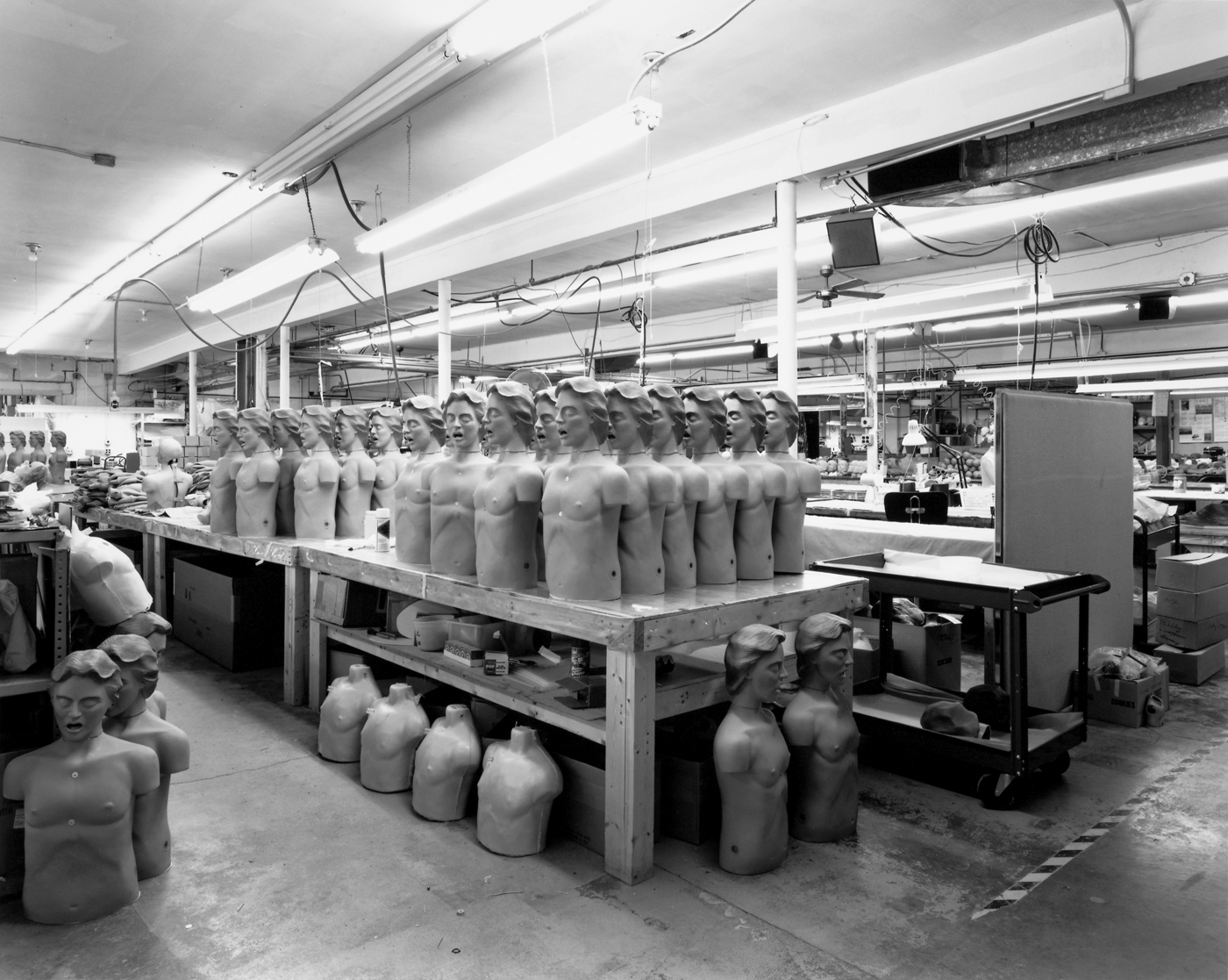
Dans les heures creuses / In the off hours
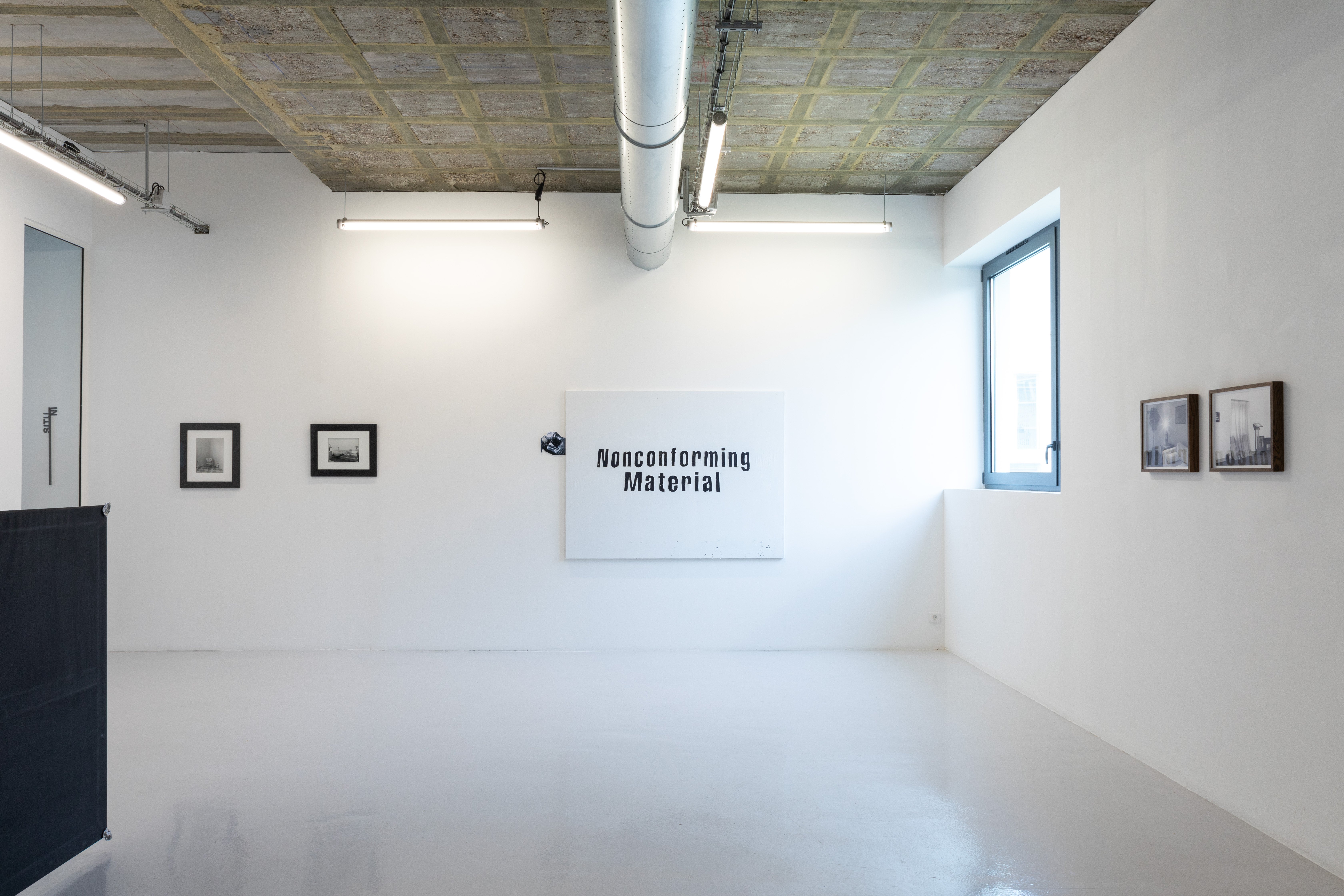
Dans les heures creuses / In the off hours
"Dans les heures creuses / In the off hours", Steve Bishop / Cudelice Brazelton IV / Lynne Cohen / Eli Durst
26.05 - 15.07.23
© Léa Guintrand
Courtesy of the artists & galerie In Situ - fabienne leclerc, Grand Paris
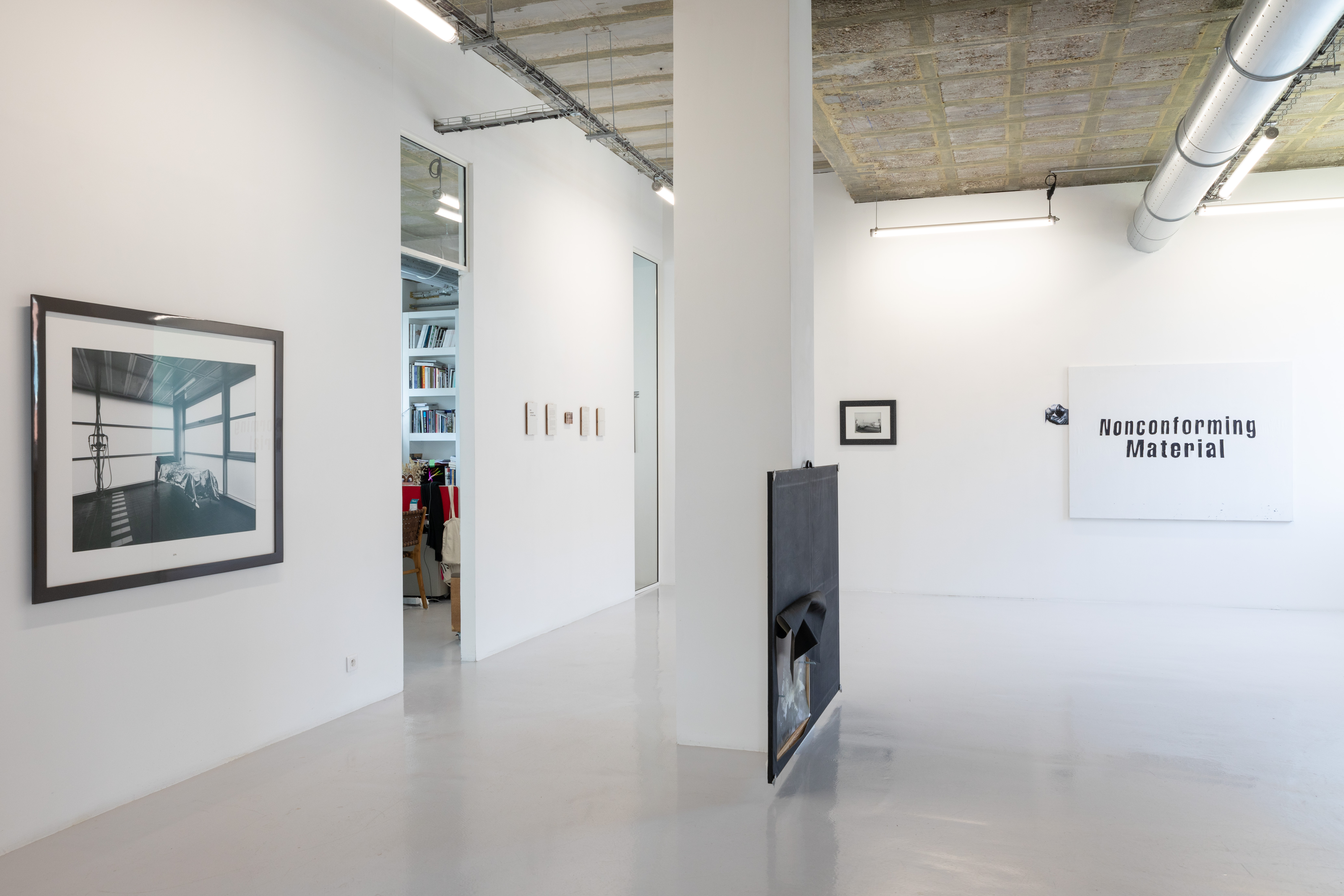
Dans les heures creuses / In the off hours
"Dans les heures creuses / In the off hours", Steve Bishop / Cudelice Brazelton IV / Lynne Cohen / Eli Durst
26.05 - 15.07.23
© Léa Guintrand
Courtesy of the artists & galerie In Situ - fabienne leclerc, Grand Paris
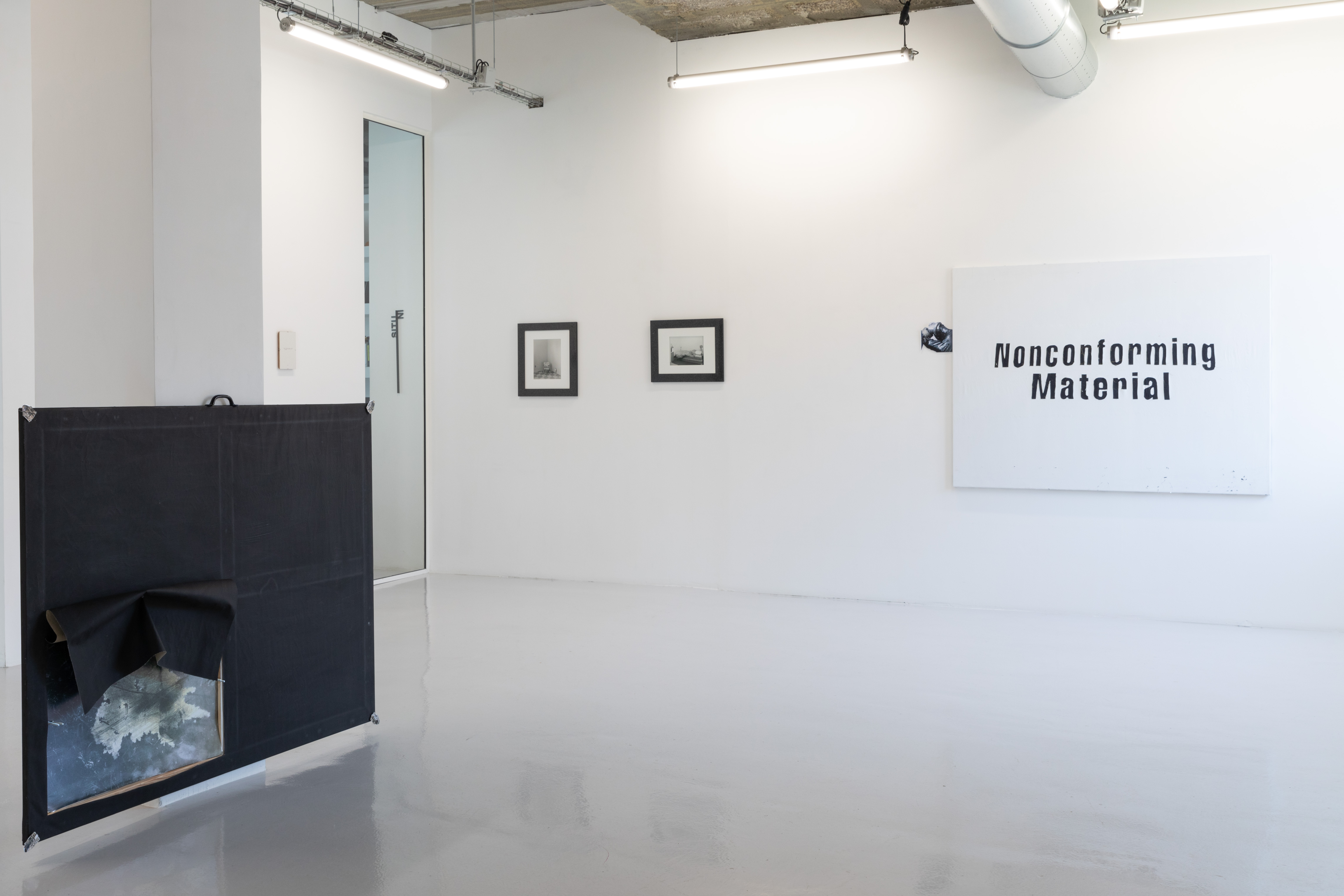
Dans les heures creuses / In the off hours
"Dans les heures creuses / In the off hours", Steve Bishop / Cudelice Brazelton IV / Lynne Cohen / Eli Durst
26.05 - 15.07.23
© Léa Guintrand
Courtesy of the artists & galerie In Situ - fabienne leclerc, Grand Paris
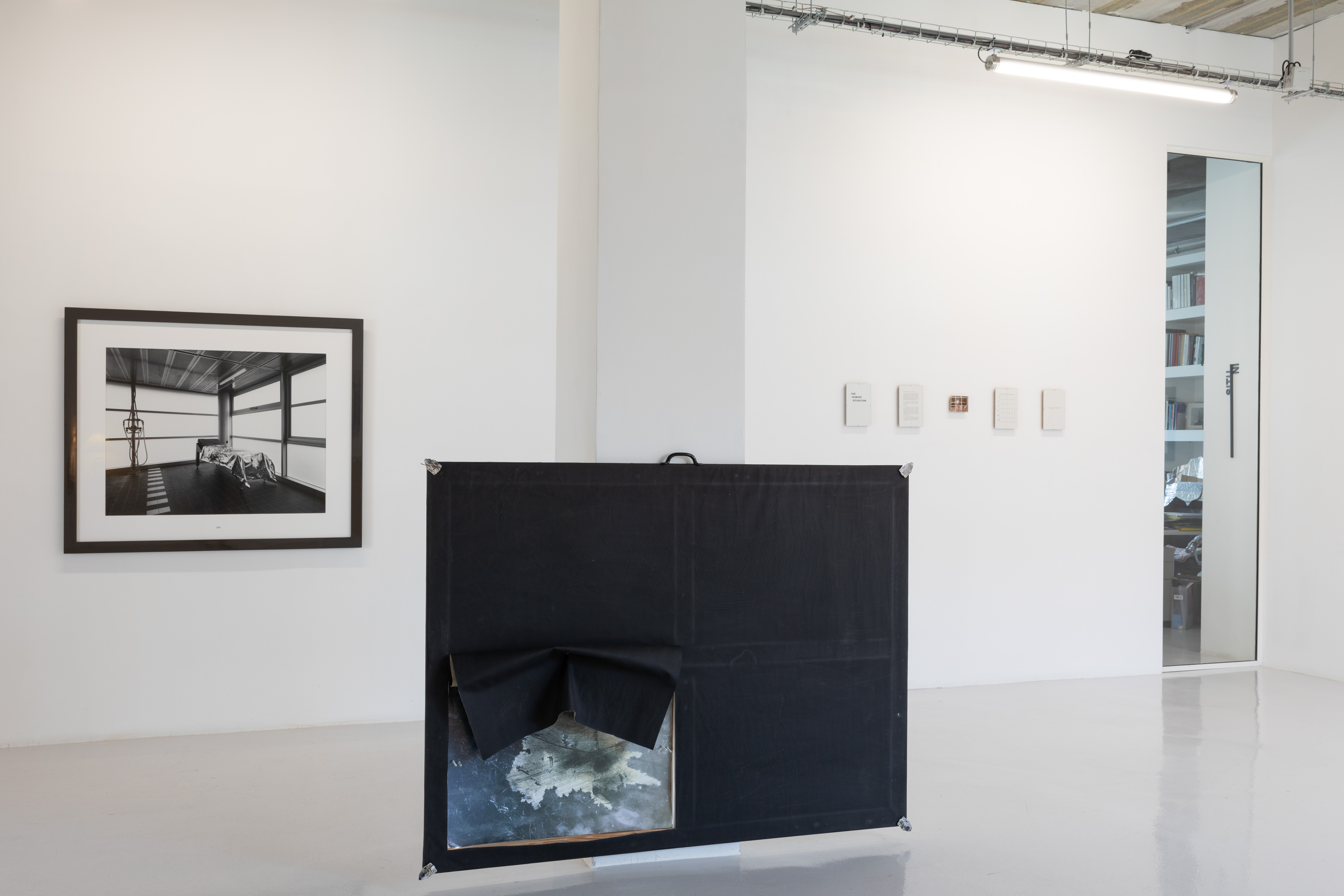
Dans les heures creuses / In the off hours
"Dans les heures creuses / In the off hours", Steve Bishop / Cudelice Brazelton IV / Lynne Cohen / Eli Durst
26.05 - 15.07.23
© Léa Guintrand
Courtesy of the artists & galerie In Situ - fabienne leclerc, Grand Paris
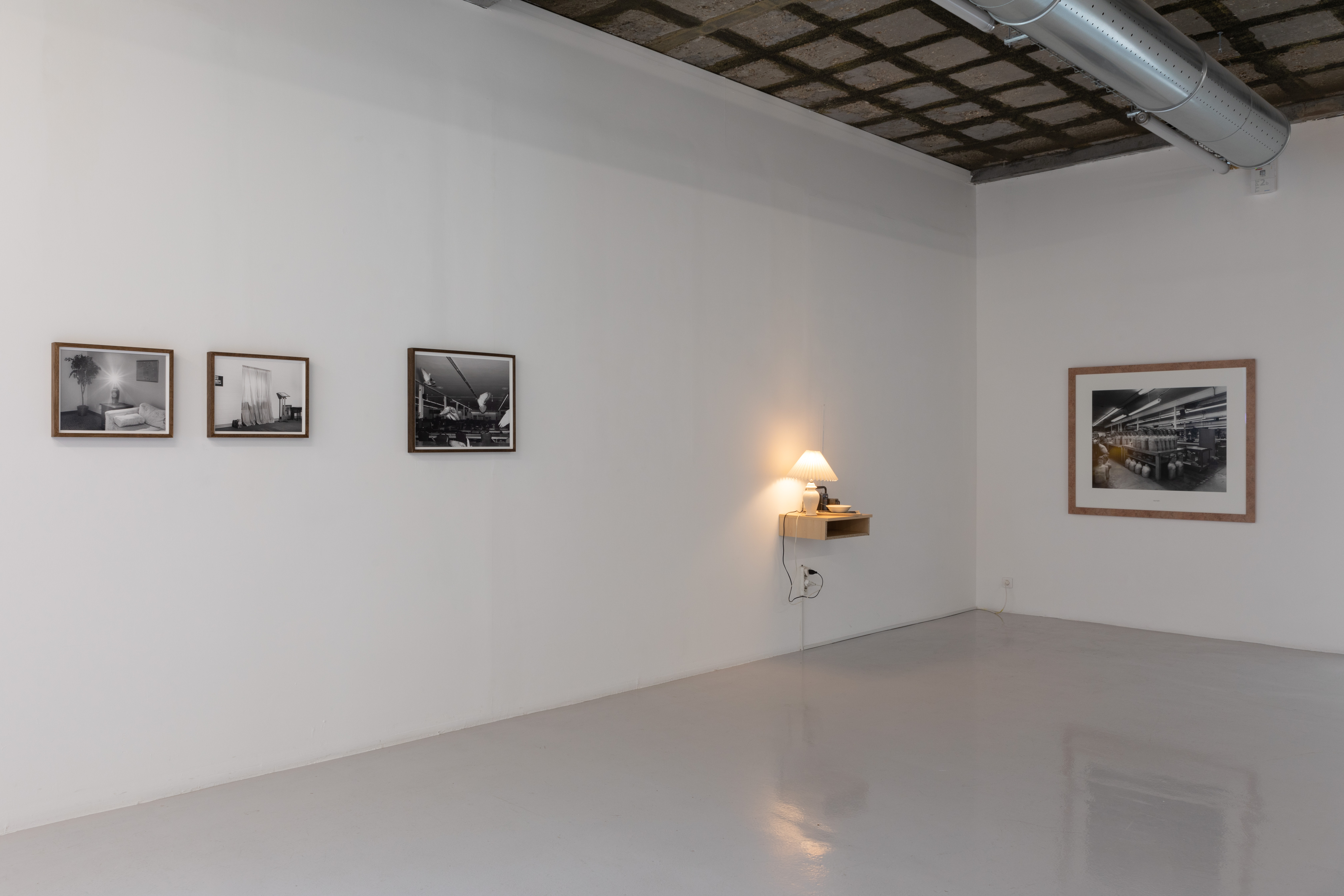
Dans les heures creuses / In the off hours
"Dans les heures creuses / In the off hours", Steve Bishop / Cudelice Brazelton IV / Lynne Cohen / Eli Durst
26.05 - 15.07.23
© Léa Guintrand
Courtesy of the artists & galerie In Situ - fabienne leclerc, Grand Paris
OPENING FRIDAY, MAY 26TH, FROM 6PM
In the off hours
Curation : Taddeo Reinhardt
Steve Bishop
Cudelice Brazelton IV
Lynne Cohen
Eli Durst
"Contingency is larger than knowldege [and] often what pleases in vision is contingency held within a frame or screen. I use the word ornament in this way."
Lisa Robertson, Nilling, 2012
A space is a vertigo.
It is the sum of factors, traces, passages, affects and suspects. It is the manifestation as well as the memory of the contingency of their meeting and arrangement.
It contains much more than it seems and knows much more than it claims. It tends to keep silent about what has passed through it, what it has seen, endured or heard, but betrays in the off hours the evidence of an activity or activation, the nature and conduct of which are tightly bound up in an a priori.
From the 1970s to the 2010s, Lynne Cohen worked on the systematic and formal documentation of spaces temporarily devoid of human presence. Beyond the rigour and coldness that might be attributed to her work at first glance, unfolds what could be described as an archive of 'equilibria', of inanimate situations that reveal the singular, often absurd, political and sensitive nature of everyday decors. More than an observation of absence, her photographs address a place's incarnation and the influence of the things that make it up.
In 'In the off hours', a series of heterogeneous situations are placed in dialogue in an (almost) silent cacophony, while only the notes of a few jazz pieces escape in the murmur of a small radio placed on what looks like a bedside table. Setting an artificial and ambiguous balance, a series of universes are confronted: the intimacy of a room, the hostility of a factory, the strangeness of a community centre, all caught in states of suspension. The artists in the exhibition use the traces and imprints that make up these common landscapes to invoke different regimes of experience and perception.
Steve Bishop's work induces vertigo, playing on effects of scale. 'The Human Situation' is held on a page in capital letters; a bowl of cereal stands on top of the 'Present Time'. These objects end up crystallizing two parallel memories: that of a long, geological time, and that of a fleeting, personal memory. The association of the objects that make up Embraceable You refers as much to a series of simple gestures as to the immense field of factors that led to their embodiment.
In contrast, Cudelice Brazelton IV's two canvases echo a series of mechanical gestures, caught in constraint and repetition. The phrase "Non-Conforming Material", found on a sign in a steel factory, functions as a metonymy. The treatment of the works, sanded and worn out, refers to
the impact of industrial spaces on the bodies that activate them. In a layering and fragmentation process, agents are exposed that carry with them the challenges of complex social and political systems: textiles, cosmetics, manufactured products.
Eli Durst's photographs document scenes of a particularly curious and strange nature. Taken from the series The Community, an exploration of various community spaces across the United States, these images are, in the artist's words, "about the search for purpose and meaning in a world that both demands and resists interpretation." The incongruity of the situations he captures leaves one perplexed or smiling, and materializes the capacity of social groups to organize themselves around what is beyond the tangible: forms of belief and spirituality.
The exhibition traces a loose network of markers that carry the complex backbone of a given time. Simply connected to the present through a few melodies, the works install a paralysis that invites observation and introspection. They challenge our capacity for interpretation and subtly put into perspective, through the representation of concrete or immaterial manifestations, our relationship to the space and time we inhabit
In the off hours, the world reveals itself in negative, causing a daze, and ends up eluding our gaze and our perception. That which is "larger than knowledge" stands unnoticed. Here perhaps lies melancholy, or pain, or boredom; there a potentiality or the unthinkable, a time past or one to come.